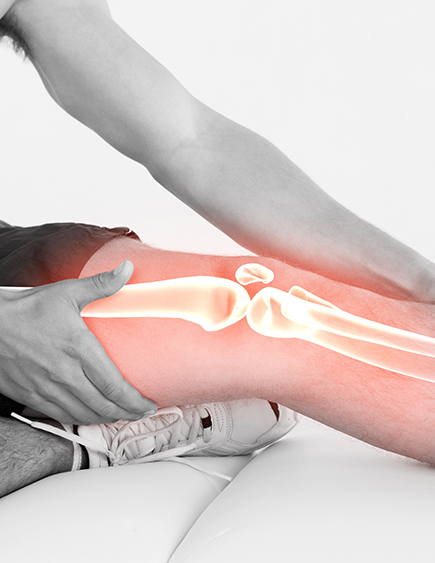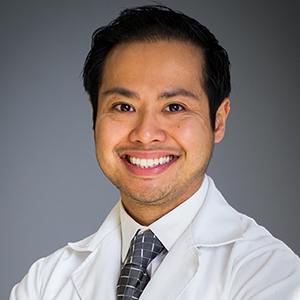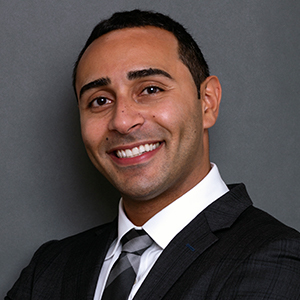What is Knee Bursitis and what Treatments should I try?
July 11, 2019
What is Knee Bursitis?
Bursae are small fluid-filled sacks that are part of every joint structure. Their purpose is to reduce friction and cushion the pressure points between bones, tendons and skin. For the knee joint, bursae are distributed over the front of the kneecap, at the inside just below your knee joint or above the kneecap. They are situated between the bone and tendons of your knee joint. The prepatellar bursa is the frontal bursa of the knee joint while the anserine bursae are located inside the knee two to three inches below the joint. Pain and swelling in this area is usually a result of inflammation in the bursa.

What Are Symptoms of Knee Bursitis?
Usually, symptoms worsen over time and are as a result of overuse. These symptoms include
- Swelling
- Warm feeling in the area
- Tenderness and then developing into pain
- Restriction of movement – as the condition deteriorates
You can develop this condition over time as a result of kneeling on hard surfaces as a result of work responsibilities, such as for installing flooring, filing or stocking lower shelves, gardening or landscaping. The condition is called prepatellar bursitis but is commonly known as housemaid’s knee. The situation can also develop when playing some sports where you could suffer a shock to your knees due to a fall or being hit. In this case, the pain is immediate.
In addition to physical damage, the condition can also be a result of a bacterial infection of the bursa or arthritis of your knee.

Book a Consultation
Scheduling a consultation with one of our pain treatment specialists is one of the best ways to determine the proper solution for pain relief.
Knee Bursitis Treatments: At Home
- Stop the activity that is causing the pain.
- Take anti-inflammatory and pain medication to relieve the symptoms.
- Ice the area. A rule of thumb is 20 minutes of icing, followed by no icing for 20 minutes, several times a day. In a few days, you can also try heat treatments to encourage blood flow and to relax any strained muscles.
- Use a tensor bandage or a knee compress to reduce swelling.
- Elevate your knee to reduce swelling.
When Do I See a Doctor for Knee Bursitis Treatment?
There are some conditions when medical advice from a pain doctor in New York or a pain doctor in New Jersey is required.
- If you run a fever as a result of this condition.
- If the pain gets considerably worse.
- If the pain or symptoms last longer than four to six weeks, despite your home care remedies.
Medical Diagnosis of Knee Bursitis
Your expert pain physician from the pain treatment clinic will make a thorough diagnosis of your condition by
- Examining both knees to see if there are any differences such as swelling, especially if you are experiencing pain in one knee only
- Examine the skin of the painful area for redness and swelling
- Having you move your leg to determine if the movement is restricted
- Asking you to describe how the pain started and when you are having pain now
- Asking you about your physical health and any medications you are currently taking
- Ordering imaging tests such as X-ray, Ultrasound or MRI
Once an accurate picture of your physical condition is determined, your well-trained pain physician will make suggestions for the least intrusive treatments. Often treatment regimens are combined to treat your pain effectively.
Knee Bursitis Treatments: At the Pain Treatment Clinic
- Physical Therapy: Your pain doctor will work with your physical therapist to develop several exercises to target your exact condition. He or she may also use massage and ultrasound techniques to relieve your pain. When you go home, you will have exercises to complete on a daily basis to speed your recovery. Also, your therapist will discuss your lifestyle options. You may need to change the way in which you complete work activities, such as wearing knee protectors while gardening or laying floor material. Or perhaps you will require a brace while playing your favorite sport. Your therapist may also suggest taping the kneecap or the using shoe lifts to correct posture or to build muscle. You can expect to be involved in physical therapy for 2 to 4 weeks.
- Prescription Medication: Your pain expert will be able to prescribe more effective pain and anti-inflammatory pain medication that will help you heal faster.
- Massage: Your therapist will massage the muscles to reduce the strain on your knees which will relieve the pain you are experiencing. Massage of this area will also increase the blood flow which will promote healing.
- Acupuncture: This ancient practice is now accepted by most medical institutions. Small thin needles are inserted at specific target areas in your body. Pain from knee bursitis can be reduced.
- Injections: Two different types are useful. Corticosteroids help reduce inflammation and lubricants are similar to natural fluids in your knee joint to reduce any friction, as a result of movement.
- Drainage: Often the bursa is filled with a fluid that inhibits movement of your knee. It is possible to drain the fluid with a needle and then a small amount of steroid is injected into the bursa to control the inflammation.
Surgery
- Removal of Bursa: If the bursa has thickened and is not responding to other treatments, then surgery is an option. An incision is made above the knee, or across the knee and the bursa is removed. The knee joint is not entered during this surgery. Recovery requires resting the area for several days. In time, a new healthy bursa will develop to aid the movement of your knee for daily activities.
- Arthroscopic: Small incisions are made where your surgeon can insert a camera and miniature operating tools to repair any soft tissue damage close to your knee joint.
- Partial Knee Replacement: Often bursitis is associated with more severe conditions that require more intensive surgery. Your surgeon will use plastic or metal components to replace what is worn out in your knee joint.
- Total Knee Replacement: This surgery is one in which all of the parts of the joint are replaced with artificial parts.
Key Concepts
- There are many non-invasive treatments for bursitis of the knee.
- Home remedies often control or remove the painful situation.
- If the pain lasts for more than 4 to 6 weeks despite home treatment, it is time to seek professional help from a pain treatment clinic.
- Your expert pain doctor in NY or pain doctor in NJ will take the time to diagnose your condition with care before discussing the least intrusive medical solutions.



















